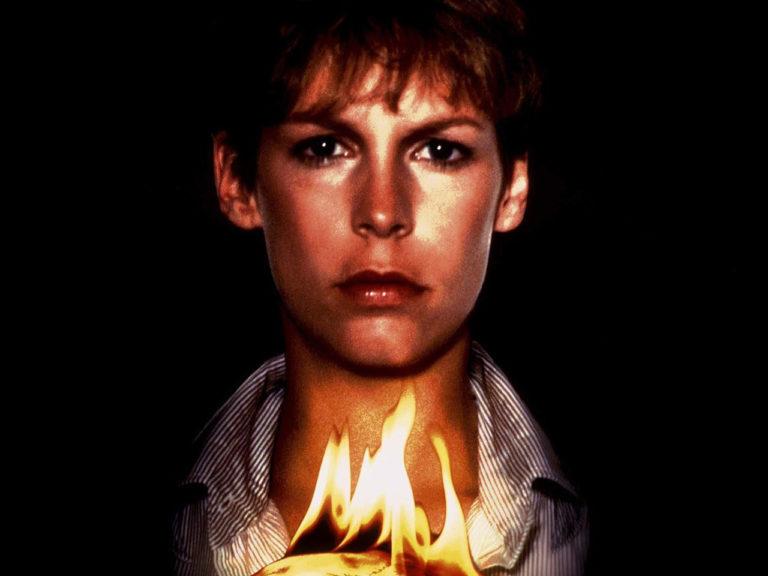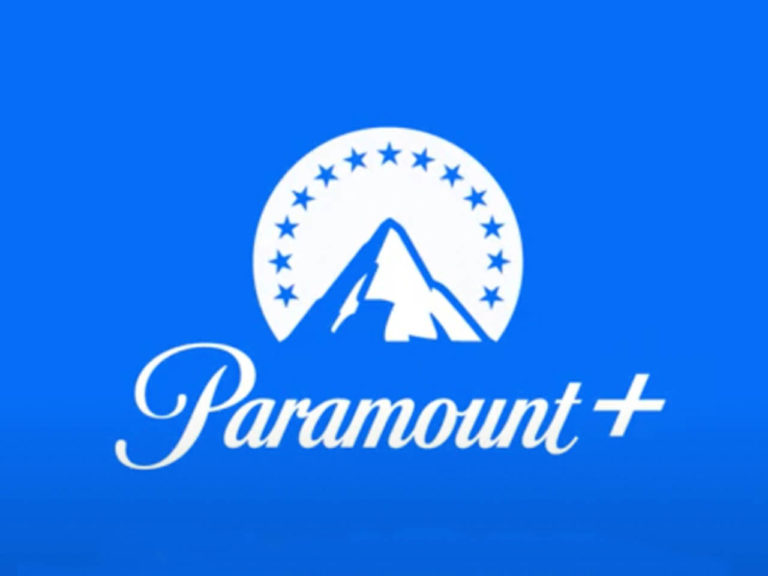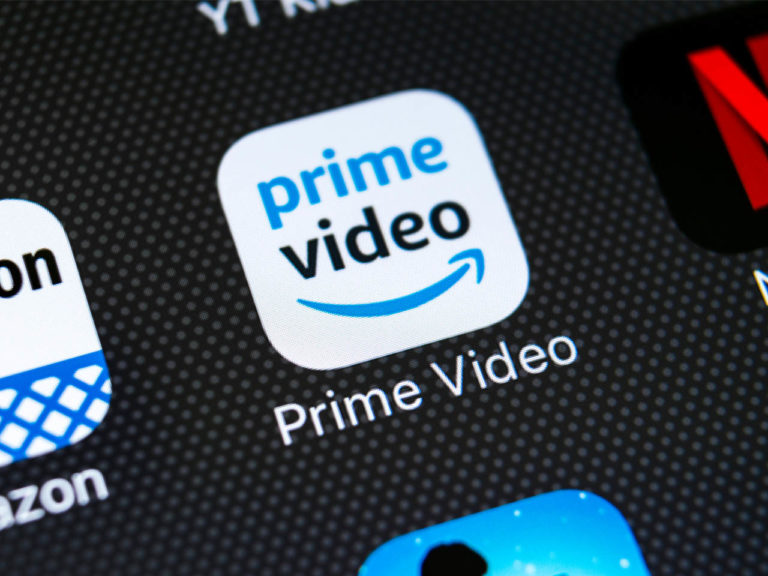


No matter how welcome and anticipated they are, endings are bittersweet. Here we have the final issue of Doomsday Clock, which is a journey we’ve been going on for over two years now. Through its ups and downs, there has never been a point where I didn’t at least enjoy writing about this book. It’s so densely packed with ideas and story that there was always something to talk about, dissect, and discuss, to the point that I would find myself having to cut some of my reviews short. Yes, I would often approach 2000 words and still have things I wanted to talk about, which is as good an endorsement for the content of a story as you could ask for.
What began as a controversial “sequel to Watchmen” that morphed into “an explanation for Rebirth” has become something that is both so much more simple, yet much more profound: a celebration of hope.
A celebration of Superman.
The finale for this story that is at once intimate and epic reaches into the past and the future to tell its tale and wrap up this years-long trek. It is huge in scope so that it can deliver a simple message, boiling down the entire history of and existence of the very Multiverse to drive home one salient point.
It is a lot to digest, I won’t deny, but in my eyes, this book stuck the landing.
Structurally, the oversized issue is divided into three separate parts: there’s the confrontation between Superman and Doctor Manhattan, followed by the immediate results of their meeting, and then the aftermath of everything that came before. I’m pretty sure I say that “it goes without saying” that Gary Frank and Brad Anderson illustrate the crap out of this book, but, well…

They illustrate the crap out of this book. The nine-panel format is used as a template for the visual storytelling, and it makes the pages where it deviates all the more powerful. It’s clear that a lot of thought and planning went into the sequencing of events, with nods and homages to Watchmen all throughout. Ever more, Frank and Anderson reference themselves— which is something Gibbons did too– by mirroring sequences that oppose each other tonally. There’s a point where Superman feels like he’s lost, overwhelmed by the relentless assault of countless heroes and villains tasked with taking him in. Alfred Pennyworth is speaking to Rorschach in a scene that is running concurrently, with his narration reflecting Superman’s impending defeat.
“I see no future,” he says. “I see no hope.” That line accompanies a terrifying, closely-cropped shot of Superman’s eyes, which reflect nothing but abject horror and fear. Turn the page, and there is a double-page spread of chaos as the gathered super-beings fight one another. It’s one of the lowest moments of the book, and you can feel Superman’s frustration.

But then.
Manhattan sees the now familiar sight of an angry Superman charging at him, eyes burning with rage, fists clenched to deliver what Jon expects to be a killing blow. He has resigned himself to his fate, knowing that if he cannot see past this point in time, it must be where he meets his end.

Of course this is not what happens. For what is Superman if not a man of mercy, a man of grace and, yes, hope? A hero who stands for doing the right thing, even– and especially– when “the right thing” means saving a being who is threatening to destroy all of reality from an unseen attacker. Just taking in the visuals, it is stunning, phenomenal storytelling. Frank is one of the best artists in the business… well, period, but certainly with his use of facial expressions in particular. Superman’s anger is clearly evident, to be sure, but it’s Manhattan’s face in particular that I find so fascinating. He looks like he has accepted an inevitability and is waiting to face it, yet… there’s a hint of trepidation. Of fear.
Manhattan doesn’t know what is to come next, and it scares him.
I could devote another thousand words to what follows, it’s so brilliantly realized, and it’s guaranteed to cause no end of interpretation and debate. Speaking purely of the level of craft, Johns’ script is dense and heavy with narration, but every word feels right. Rob Leigh is once again successful in capturing the feel of Gibbons’ lettering from Watchmen, which plays wonderfully with Frank and Anderson’s visual storytelling. I don’t mean this in a backhanded way at all, but even if you aren’t sold on the idea of this story, there is no denying the masterful artistic craft that went into making it.
As for the actual denouement, it can be boiled down to one simple idea: Superman matters.
More than that, Superman is integral. Without divulging too much, there is an extended sequence that takes the central conceit of issue 10, and simultaneously condenses its delivery while expanding the very idea into the far future. If you’ll recall, that is the issue where Manhattan’s part in playing around with time had a direct effect on the Metaverse, with Jon observing the different iterations of Superman from over the years and tinkering with events to shape a universe he was more comfortable with. Once again, we’re taken through the different first appearances of Superman, and then taken forward in time to “first appearances” and events that have yet to happen. This sequence, as I said, is destined to bring about a lot of fan speculation, especially if some of the events don’t actually pan out in the real world. For me, I don’t think it’s meant to say that Johns is literally laying out the entire “future history” of the Man of Steel, but that even when the DC Universe goes through any number of crises and reboots, Superman will always play a part and will always be integral to the story. There are some pretty heavy religious allegories that do get a little too on the nose at times, but it still works with the point Johns is trying to make.

It’s in Manhattan’s tinkering with fate that he recognizes the importance of a character like Superman, and in a way regains the humanity he thought he had lost so long ago. It must be said that the Watchmen characters don’t play as important a role as they could have, and I’m sure many would have liked, which is a bit of a missed opportunity. Still, I don’t think that they’re poorly served here, because their presence hits on one of the core themes of the book: even a bleak, ugly world like theirs can still be saved, and if possible, should be saved.
I will concede that it is a bit disappointing that it is disappointing that these characters didn’t get more to do, though. There are a lot of great ideas presented that don’t fully pay off, and it’s not made entirely clear what Johns’ intentions are for some of their futures. To that end, viewing the story as a “sequel to Watchmen” is a cause for disappointment, because they’re used as a means to an end rather than the primary focus. Still, in hindsight, I don’t think that was Johns’ intention at all, to create a true Watchmen sequel. The story borrows heavily from that work, of course, and the characters play a large part, but this is and always has been a DC Universe story with Watchmen characters, not the other way around.
Even if those characters don’t get the exact treatment we would have expected or even wanted, there are still some great moments with them throughout. Doctor Manhattan gets the lion’s share of prominence, but Rorschach has a few interesting great moments too. One of my favorite aspects of this issue is the part Batman plays in recognizing the importance of hope, and how Rorschach helped him to realize that.

He acknowledges that these things are bigger than him and that he misunderstood the gravity of the situation. It’s a brief scene, but it’s nice to see Batman admit to vulnerability and error. And once again, this sequence is gorgeous, from Batman swooping down, the light shining behind him, to the pair having their short conversation. That barber’s pole in the background adds a nice pop of color to a scene that’s mostly grays, browns, and blacks, though even those darker earth tones are stunning to look at.
I mentioned before that Frank and Anderson “reference” themselves with scenes that are mirror images of each other. Superman’s lowest moment in the issue comes when he is almost overwhelmed by the hordes of characters coming to take him in, only to end up fighting among each other instead. Once Manhattan recognizes his purpose, once he restores things that have been lost, there’s a triumphant spread of Superman leading a huge group of “forgotten” heroes. It’s absolutely stunning, and genuinely took my breath away when I first saw it.
This is a story about consequences, and how even a seemingly insignificant change can have drastic effects going forward. Without a Justice Society, young Clark Kent would not be inspired to be a hero until much later in life. Without that inspiration, he would not be around to save his parents from death. Without his parents to guide him, he still went on to do good things as Superman, but his legacy never reached into the far future to inspire the Legion of Super-Heroes. Even a being like Doctor Manhattan can be touched by the inspiring force of Superman, and in turn regain the humanity he thought he’d lost. In restoring what the world had lost without a Justice Society, Manhattan restores the inspiring figures that shaped Clark Kent into Superman.
For that’s what Superman is: an inspiration. He is the Man of Steel.
He is the Man of Tomorrow.
He is a beacon of hope.
And hope is the North Star of the Metaverse.


Recommended if:
- You recognize and celebrate the importance of Superman.
- You’ve been waiting to see how Doomsday Clock ends.
Overall: While it isn’t quite perfect, Doomsday Clock #12 is as good an ending to this story as you could want. It is masterfully written and illustrated, with strong themes that resonate through each and every page. Rather than being a sequel to Watchmen, this is a story about how Superman can and should inspire goodness and hope, and in turn save even a world as “too far gone” as Ozymandias, Rorschach, and Doctor Manhattan’s. This is a series that will inspire no end of debate and discussion, and even if it doesn’t impact the wider DC Universe as much as it could or, frankly, should, it is still a great work of comics art and storytelling that I will gladly return to again and again. At its core, this is a story about hope in the darkness, and at the end of Doomsday Clock, hope shines bright.
SCORE: 9/10


